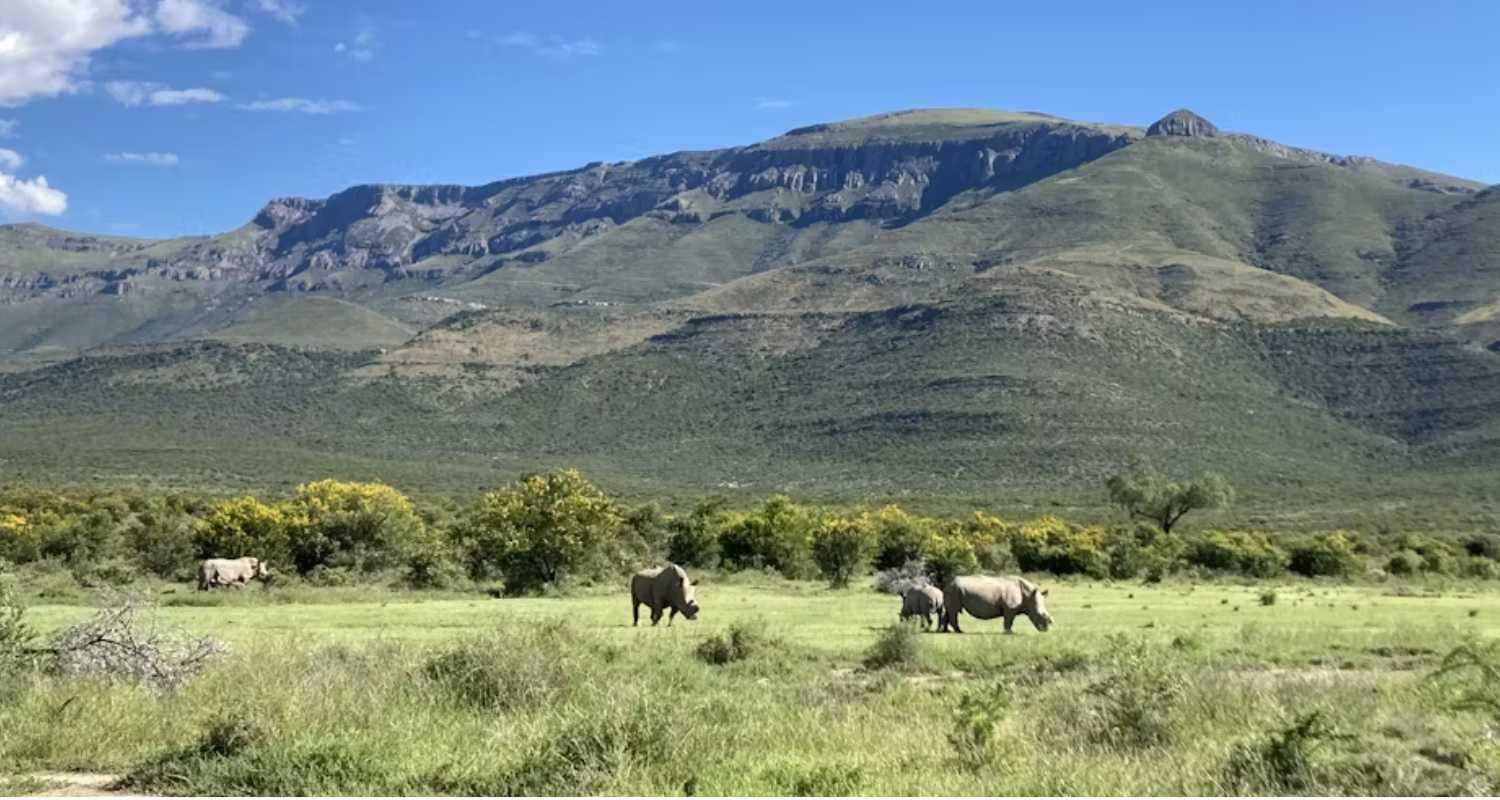Do me a favour, before you finish that mouthful of food you’re busy with, take a quick look at it. Have you ever wondered how it ended up with you. Chances are what you have eaten today would not be with us, in fact, we would not be here without them… if it were not for our fabulous insects.
As we head into spring, I am eagerly awaiting the background hum of the elusive cicada to fill my ears. I will then know I am in the lowveld on a hot and glorious day. However I cannot help but think of the importance of all the insects and why we are, where we are, because of them!
Back to your food to help explain. If any of the list of the following foods are on your plate – guess what; it was pollenated mostly by bees! Oranges, apples, avocados, almonds, macadamias, eggplant, kiwi fruit, tomatoes, limes, squash, watermelon, cauliflower, broccoli, blueberry and the list goes on and on. Even the egg and bacon on your plate … no, the chickens were not pollenated by bees, but the fact is that most of the commercial livestock around the world is fed on supplement feed which contains, teff, lucerne (Alfalfa) and even soya beans to help livestock get protein to grow. Without that, productivity would be way lower and the costs way higher, and probably unaffordable to most of us.
Yes, all affordable because the humble honey bees are working constantly to gather pollen and nectar out in the fields. The byproduct of all that hard work is pollination. Pollination happens when pollen which contain the male gametes are transferred from the anthers of the flower to the female part of the flower, known as the stigma. This may be of the same plant or same species of plant, or male and female found on separate trees like in marula trees. This results in fertilization and ultimately seed production.
The seeds are key to the survival of a species, but it needs to entice the planting or dispersal of those seeds in order for the species to spread and increase in number… and normally fruits and nuts are that enticing nugget. We are so reliant on insects that over 100 crops or foods consumed by humans are perpetuated in this way. Surprisingly not all plants are pollenated by bees.
Ever heard people say, “what’s the point of flies? I wish they never existed”… whoosh, just like that you we would have no more chocolate. That’s right people, midges are mostly responsible for pollenating the cocoa tree, which gives us coco beans! No more midges- no more chocolate! What about saffron? This is the most expensive herb in the world and it comes from a flowering plant called Crocus sativus …. pollenated by bees. And coffee? Pollenated by bees. Can you see where this is going?
It’s not only food for humans that insects contribute to, things like silk for example, has been produced in China from as early as 2600 BC. They produce over 30 000 tons of silk annually, which is about 80% of global output, and all from the spun silken cocoons of the silkworm moth or Bombyx mori. Think of the financial implications of that when one meter of silk will set you back around 100 US Dollars. That’s a lot of money being made from insects.
The next time you eat a red coloured food, (and even in some lipsticks), have a look at the ingredients. If it says natural dye #4, carminic acid, carmine, or cochineal extract, the colouring is made from cochineal scale insects or Coccus cacti. The cacti part is reference to their host plant being prickley pears. Next time you drive through the Karoo or Eastern Cape and see a prickley pear with white fluffs or marks on the leaves, that’s them – the cochineal bug.
There are over 900 000 named species of insects globally. Modern science thinks that we have only discovered one third to one half of what is actually out there. Insects make up 80% of all living things on earth. Some have spectacular facts related to them: a queen of termites can live for 30 to 50 years and produce up to 30 000 eggs per day! A cicada can be heard over 400m away by humans. A golden jewel beetle is thought to live the longest, at 51 years. The smallest butterfly in Africa is found in the lowveld, called the Dwarf Blue, measuring in at a little over 10mm wingspan! Dragonflies are the fastest fliers at over 90km/h – the cheetah of the air!
There are so many remarkable insects and the list just goes on and on. One thing remains though, these creatures are so important and integral to the survival and health of any ecosystem and to the survival of us as a species, that we need to respect and look after them.
As we look forward to moving into spring and the explosion of life that is about to bless us again, with all the colours of the rainbow, lets look about us. Colours in patterns of wings, and the constant hum of a busy little bee, and the whine of a miggy. Remember the next time you have a chance to spray it, squash it or swat it – rather just open the window or scoop it outside. They are important and your meal will taste so much better if you do!












